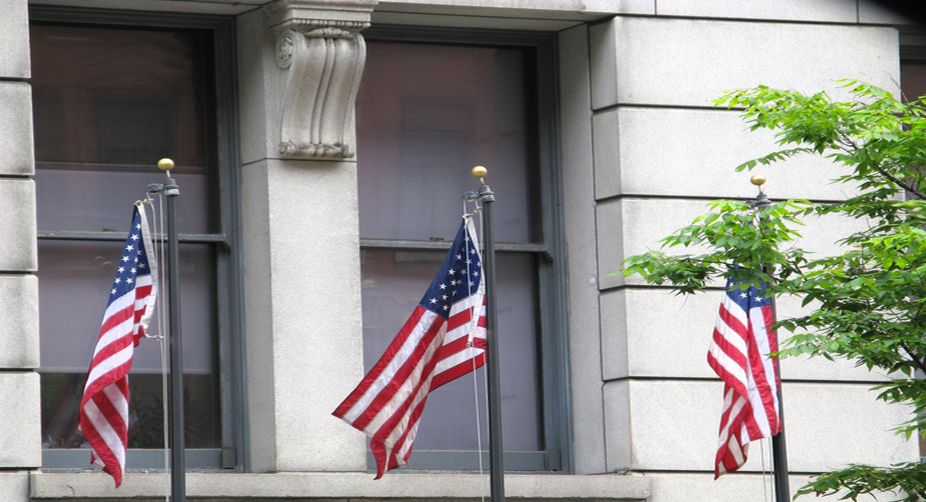China Retirement
China's move to raise the retirement age, the first adjustment since the 1950s, is a critical response to an escalating demographic and economic crisis.
The United States of America has the world’s largest economy, most powerful military, and hosts a large proportion of globally top-ranked universities. But the country’s life expectancy, maternal mortality, food insecurity, and poverty numbers do not resemble those of peer nations.

Representation image (Photo: Getty Images)
The United States of America has the world’s largest economy, most powerful military, and hosts a large proportion of globally top-ranked universities. But the country’s life expectancy, maternal mortality, food insecurity, and poverty numbers do not resemble those of peer nations. How is it then that the ‘most powerful nation on the face of the earth’ is failing to meet the basic needs of millions of its citizens? Some answers are forthcoming in a recent article by Professor Sarah Mendelson of Carnegie Mellon University, which draws upon the concept of “American exceptionalism” to explain why so many Americans are getting left behind. American exceptionalism is defined as the “idea that the USA is a unique and even morally superior country for historical, ideological, or religious reasons.”
But, asks Prof. Mendelson, what if American exceptionalism has a different meaning when compared with other industrialised countries? What if, beyond the dominant positive narrative, there lies a negative one? In 2015, the global community adopted the 2030 Agenda and the Sustainable Development Goals (SDGs). It is a framework that recognizes development, or the lack of it, as observed everywhere, not just in the Global South. The USA is a developed country ~ with a nominal GDP pegged at $23.32 trillion and a GDP per capita (PPP) of $63,670, its economy is the largest in the world, the country has the biggest defence budget in the world, and America routinely figures at the top of the list of countries with the top-ranked universities. But the Covid-19 pandemic, writes the author, has exposed the socioeconomic inequities in the USA.
Advertisement
Prof. Mendelson offers a few examples suggestive of the larger phenomenon where the USA is not meeting the basic needs of millions: Reduced life expectancy, spikes in maternal mortality, persistent food insecurity, and unchanged poverty levels. In 1990, the New England Journal of Medicine published a study looking at the “survival analysis showing that black men in Harlem were less likely to reach the age of 65 than men in Bangladesh.” Skip forward by three decades and shift to Washington D.C. ~ disaggregated data on the life expectancy of Black men before and during Covid-19 still compared negatively with men in Bangladesh. In 2021, life expectancy of men in Bangladesh was 73.6 years, while for Black men in America’s capital city it was 65.2 years. In terms of maternal mortality, the USA has ranked last among industrialised countries for many years. And when data on Blacks is considered, the Centre for Disease Control (CDC) reports that in 2021 Black women experienced 69.9 maternal deaths per 100,000, a rate just below the 70 deaths per 100,000 that the World Health Organisation has set worldwide as the SDG target to reduce maternal mortality. In Washington DC, 22 per cent of residents relied on the Supplemental Nutritional Assistance Program (SNAP) to address food insecurity. Nearly a quarter of children (23.9 per cent) live below the poverty line. These are exceptionally poor numbers for the capital of the world’s richest country.
Advertisement
Advertisement